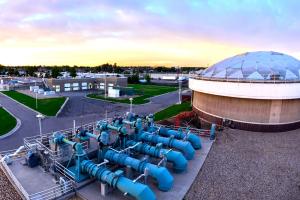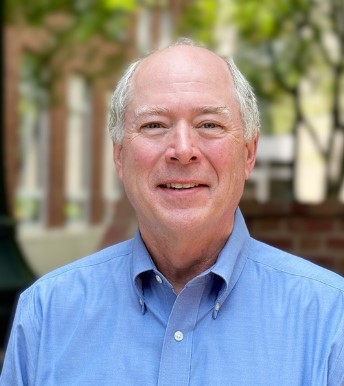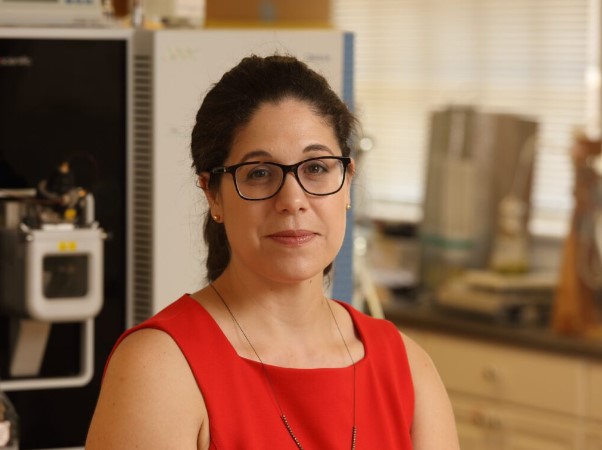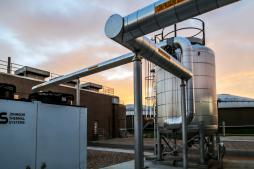
Believe it or not, wastewater is useful stuff. Wastewater treatment plants use special enclosed structures filled with microbes that break down the organic waste into two gases. The methane that results is often piped away for industrial use. The carbon dioxide, however, gets vented — adding to the collective carbon load in the atmosphere.
But what if that problematic greenhouse gas could be turned into an asset?
The University of Virginia is working on a $2.3 million Department of Energy effort to investigate the use of green energy to turn organic waste into 100% renewable natural gas.
Robert J. Davis, a chemical engineering professor in the UVA School of Engineering and Applied Science, is collaborating on the project with project lead and associate professor Sen Zhang of the UVA Chemistry Department and professor Lisa Colosi Peterson of the Civil and Environmental Engineering Department.
Waste Not, Want Not
Chemical engineers have known for a century that hydrogen can react with carbon dioxide to form methane. Davis, Zhang and colleagues wondered if that conversion could be made to work effectively on the biogas product from wastewater treatment facilities.

“As carbon dioxide is already present with methane in biogas, the challenge is to use “green” hydrogen, produced, for example, from water electrolysis using solar energy, to convert as much of the carbon dioxide as possible to methane,” Davis said. “That would remove the need for separation of carbon dioxide and venting. In that way, the product — renewable natural gas — can be blended directly into the existing pipeline.”
Postdoctoral researcher Weijie Zhang of the Department of Chemistry works with both Sen Zhang and Davis in developing new chemical synthesis methods and identifying new catalytic materials to optimize the results.
The approaches are then characterized and tested for carbon dioxide conversion by chemical engineering doctoral student Dipesh Adhikari in the Davis lab.
Is It ‘On the Money’?
The investigation is a partnership with the National Renewable Energy Laboratory in Colorado and a Denver-area wastewater treatment facility, South Platte Renew. Primarily, the project has focused on developing highly effective catalysts for the reaction based on nickel nanoparticles.

The team will also have to show through a life cycle assessment and a “techno-economic” analysis that the process makes sense for the wastewater treatment facility as well as the government, which counts carbon a little differently than most scientists do, Davis said.
This part of the project, led by Colosi Peterson and Adhikari, will attempt to analyze the potential to ease global warming, as well as the economic feasibility of the process. If the technology can convert the carbon dioxide cleanly and affordably enough for plants to implement, it just might become the American standard.
The research is in its third year and currently extends through 2025.
Supporting UVA’s Grand Challenges
The Davis Lab and the Colosi Peterson Lab partner with the Zhang Lab and others as part of the UVA Catalysis Team. These collaborations dovetail with the goals of the University’s Grand Challenges, established by the UVA Vice President of Research’s Office. The initiatives seek to improve the world through research that benefits people’s everyday lives.
